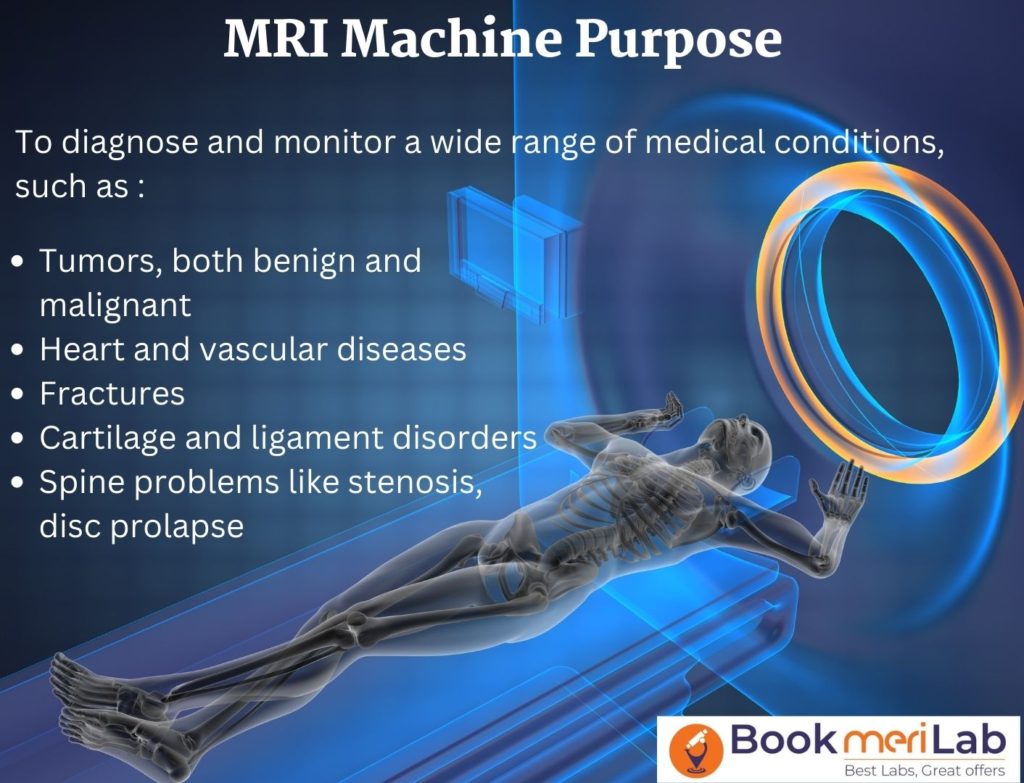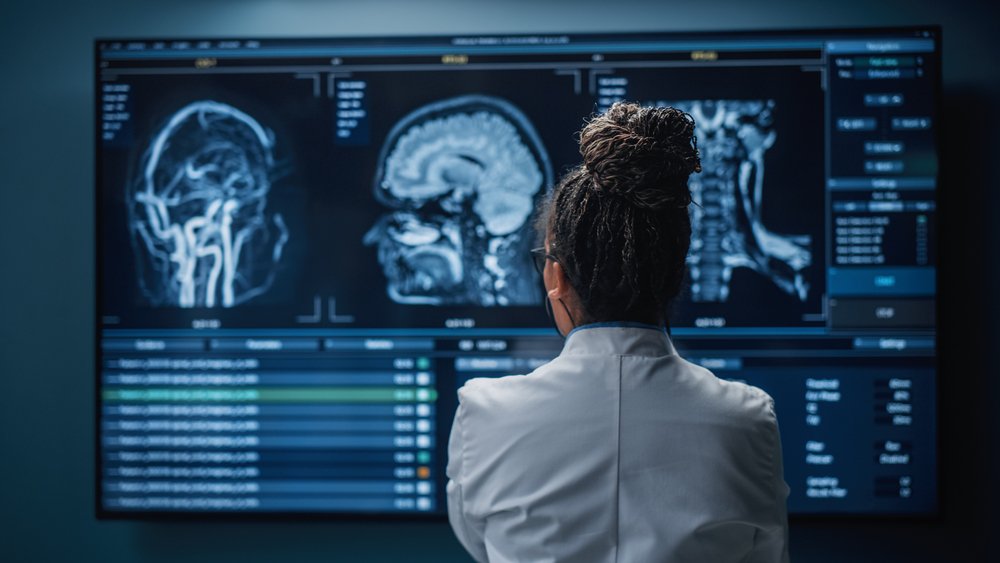MRI, or Magnetic Resonance Imaging, is a powerful diagnostic tool that has revolutionized the field of medical imaging. With its ability to provide detailed and accurate images of internal structures, MRI offers numerous benefits for both patients and healthcare providers.
This article explores the advantages of MRI, including improved diagnostic accuracy, non-invasiveness, increased patient safety radiation protection, versatile imaging capabilities, and enhanced treatment planning and monitoring.
By harnessing the power of MRI, medical professionals can make more informed decisions and provide better care to their patients.

Improved Diagnostic Accuracy
Improved diagnostic accuracy is a key advantage of MRI in medical imaging. MRI, or Magnetic Resonance Imaging, provides superior image quality compared to other imaging modalities, such as X-ray or CT scans. This high-resolution imaging allows for detailed visualization of soft tissues, organs, and structures within the body. The improved image quality enables radiologists and physicians to detect and diagnose various conditions with greater precision and accuracy.
Furthermore, MRI offers shorter scan times compared to traditional imaging techniques MRI compatible fire extinguisher. This is especially beneficial for patients who may have difficulty remaining still for extended periods or those with claustrophobia. The shorter scan times not only enhance patient comfort and satisfaction but also increase efficiency in healthcare settings, allowing for more patients to be scanned in a given time frame.
Non-Invasive Procedure
A non-invasive procedure, magnetic resonance imaging (MRI) allows for detailed internal imaging without the need for any surgical incisions. This advanced medical imaging technique uses a powerful magnetic field and radio waves to generate detailed images of the body’s organs, tissues, and structures.
One of the key benefits of MRI is its ability to provide patient comfort. Unlike invasive procedures that may cause pain or discomfort, MRI is painless and does not require the use of any ionizing radiation, making it a safe option for patients of all ages.
Additionally, MRI offers faster results compared to other imaging modalities. With technological advancements, MRI scans can now be completed in a shorter amount of time, reducing patient waiting times and allowing for quicker diagnosis and treatment planning.
Increased Patient Safety
One notable aspect of magnetic resonance imaging (MRI) is its significant contribution to patient safety, as it does not involve exposure to ionizing radiation, which can be harmful to the human body. MRI uses a powerful magnetic field and radio waves to generate detailed images of the body’s internal structures.
This non-invasive procedure provides increased patient comfort, as it does not require any injections or invasive techniques. Additionally, MRI eliminates the need for X-rays or other radiation-based imaging methods, thereby reducing radiation exposure to patients. This is particularly beneficial for individuals who require frequent imaging studies, such as those with chronic illnesses or those who need long-term monitoring.
MRI’s commitment to patient safety and comfort makes it a preferred imaging modality in many medical settings.

Versatile Imaging Capabilities
MRI’s versatility extends beyond its imaging capabilities, as it can provide detailed visualizations of various body systems, including the brain, spine, joints, and organs. This advanced technology offers comprehensive imaging that allows healthcare professionals to assess and diagnose a wide range of conditions with precision and accuracy.
MRI’s ability to capture high-resolution images of different body structures enables healthcare providers to evaluate abnormalities, identify tumors, detect injuries, and monitor treatment outcomes.
The versatile nature of MRI also enables it to visualize blood flow, making it a valuable tool in assessing cardiovascular health. Additionally, MRI can be used to guide minimally invasive procedures, such as biopsies, by providing real-time imaging during the procedure.
With its advanced capabilities and comprehensive imaging, MRI plays a crucial role in modern medicine, empowering healthcare providers to make informed decisions and provide the best possible care to their patients.
Enhanced Treatment Planning and Monitoring
Enhanced treatment planning and monitoring are facilitated through the utilization of MRI, which allows healthcare professionals to precisely assess the progression of disease and tailor interventions accordingly.
MRI provides detailed anatomical images and functional information, enabling clinicians to identify the extent and location of abnormalities with high accuracy. This information is crucial in developing personalized treatment plans that yield improved treatment outcomes.
Moreover, MRI allows for real-time treatment adjustments by providing immediate feedback on the effectiveness of interventions. For example, in interventional radiology procedures, MRI can be used to guide the placement of needles or catheters, ensuring precise targeting and minimizing the risk of complications.
The ability to monitor treatment response in real-time enables healthcare professionals to make timely modifications to therapy, optimizing patient outcomes.
Overall, MRI plays a vital role in enhancing treatment planning and monitoring, leading to tailored interventions and improved treatment outcomes.
Conclusion
In conclusion, MRI has proven to be a valuable tool in the medical field due to its improved diagnostic accuracy, non-invasive procedure, increased patient safety, versatile imaging capabilities, and enhanced treatment planning and monitoring.
This advanced imaging technique provides precise and informative results, allowing for more accurate diagnoses and treatment decisions.
With its numerous benefits, MRI continues to revolutionize medical imaging and contribute to better patient care.
Categories
Recent Posts
SUBSCRIBE TO NEWSLETTER
.......... ..........Subscribe to our mailing list to get updates to your email inbox.
GET MONTHLY NEWSLETTER
